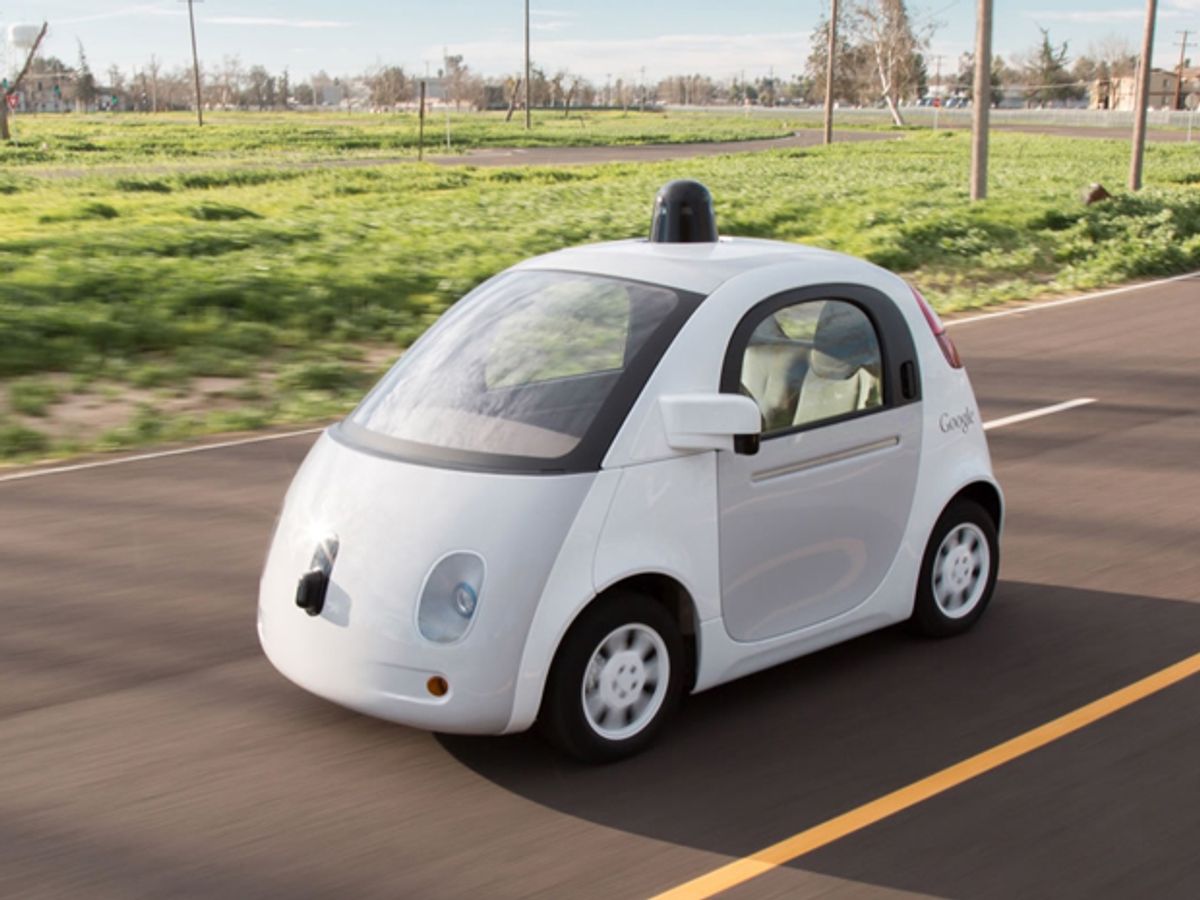Google’s self-driving cars have only seen glimpses of the world outside of the hilly roads in the Bay Area surrounding its home garage Mountain View, Calif. But its latest prototypes will have a second base in Austin, Texas. This past Saturday, at the Thinkery science museum in Austin, Mayor Steve Adler announced that the fully self-driving, egg-shaped pod prototypes, or Koala cars, will arrive this week.
Six of the crossover Lexus RX450h SUV models have already been navigating Austin’s roads since late June to create maps of the new testing environment.
“Our vehicles have been self-driving in Austin for the last couple of months, and it’s been going well,” Google spokesperson, Kara Berman, told IEEE Spectrum in an e-mail. “It’s particularly useful for us to arrive in a city where self-driving vehicles are completely new to people. In Mountain View, people have been seeing us around for years, so their reactions could be different than someone who’s seeing us for the first time.”
So why was Austin Google’s first pick? Google’s decision makes a lot of sense for Kara Kockelman, an engineer who models smart transportation systems at the University of Texas in Austin.
“Austin is a terrific location,” Kockelman says. “We’ve got pretty good weather, which is helpful, and our region is a good size. We’re nimble, but well-established.”
And Google has already established a beachhead there with the offices of Google Fiber, which is developing high-speed broadband Internet. Texas’s freeways have subtle differences from those in Mountain View, which will provide a new playground for the self-driving cars. Google engineers have had to account for the variability in street infrastructure, such as the switch from the vertical traffic signals the cars are used to seeing, to the horizontal traffic signals that are common in Austin. Kockelman, who grew up in Palo Alto, says one of the biggest differences self-driving cars will encounter are the frontage roads—arterial roads that flank freeways and allow cars to more easily access a commercial strip on either side of a freeway.
“Access to the freeway is generally easier here, but all the ramps and driveways can result in a lot of weaving maneuvers, which can complicate driving,” she explains. Frontage roads also cause Texas freeways to have fewer lanes than those in California.
Another major difference between the two testing environments is state regulations for autonomous vehicles. California is one of a select few states that have passed laws requiring a special license and training program before autonomous cars can drive on public streets. Officials at Austin’s Transportation Department confirmed that there are currently no existing state or local laws regarding self-driving vehicles. While Texas may not have regulations just yet, Google has held meetings with the department and other Texas government officials.
“We think it’s too early for legislators to start writing laws about this new technology,” says Berman. “We are still in the research and development phase, and laws—however well meaning—can accidentally hinder innovation.”
Google is also still pairing certified test drivers with the Koala cars during the initial test drives. A removable steering wheel and foot pedals allow the driver to take control over the vehicle at any time if needed.
According to the project’s August report, there are 23 Lexus RX450h SUV models self-driving on public roads in Mountain View and Austin. Five of the 25 new, custom-built prototypes are roaming around Mountain View. Since the project’s inception in 2009, Google’s driverless cars have driven a cumulative total of over 1.6 million completely autonomous kilometers, averaging about 16,000 kilometers per week on public streets. Google plans to begin its first round of test drives with the custom-built prototypes in Austin later this month, with a goal of making them available for public use by 2020.
Kockelman anticipates that it will take a minimum of 20 years before an operational fleet of light-duty autonomous vehicles exists. However, it isn’t too early to begin thinking about how smart transportation systems may change our future.
“Car travel is going to become even easier,” Kockelman says. “Taxi drivers, bus drivers and truck drivers should be on notice. There will be a lot of economic changes.”



